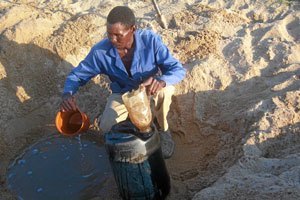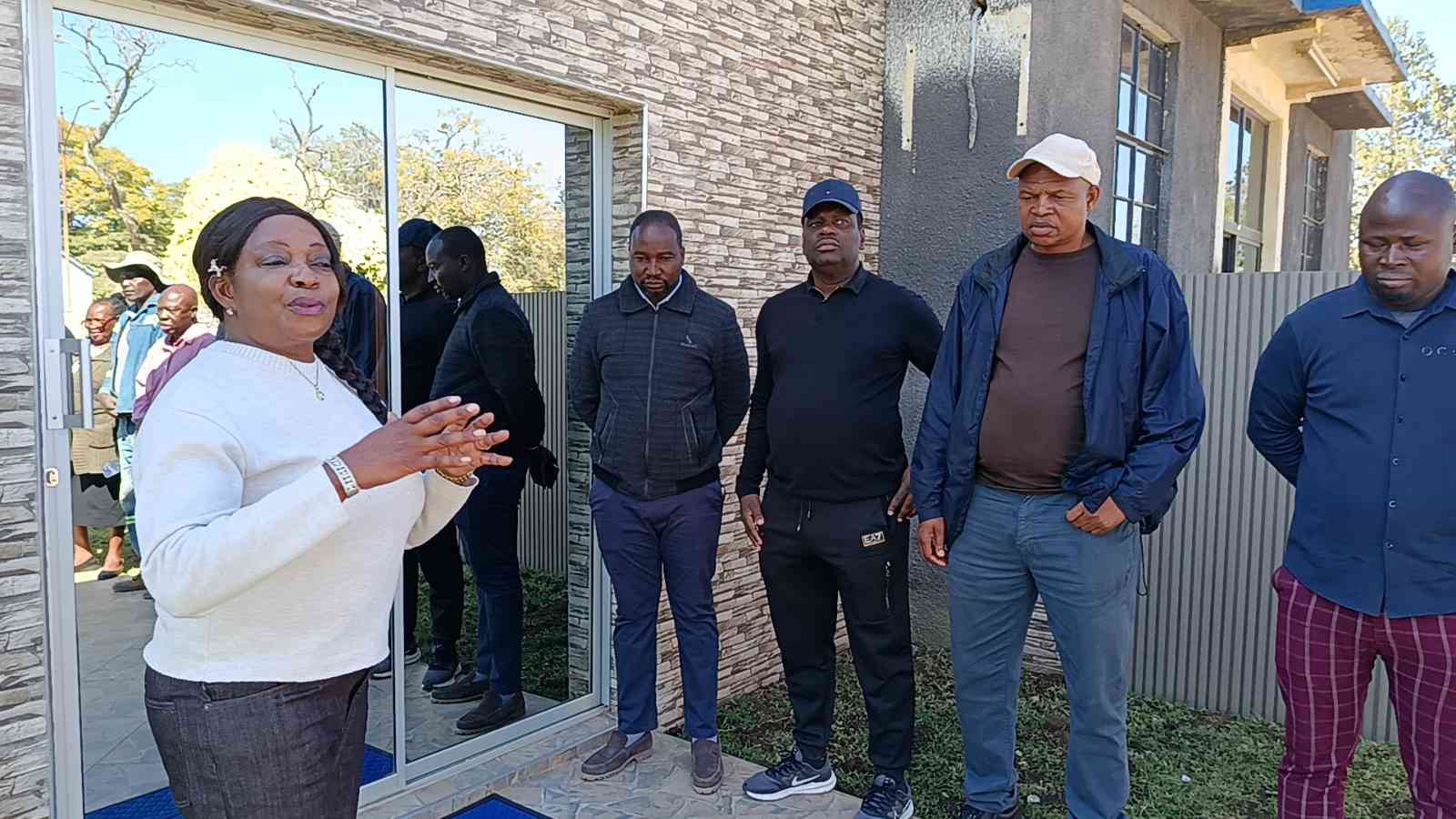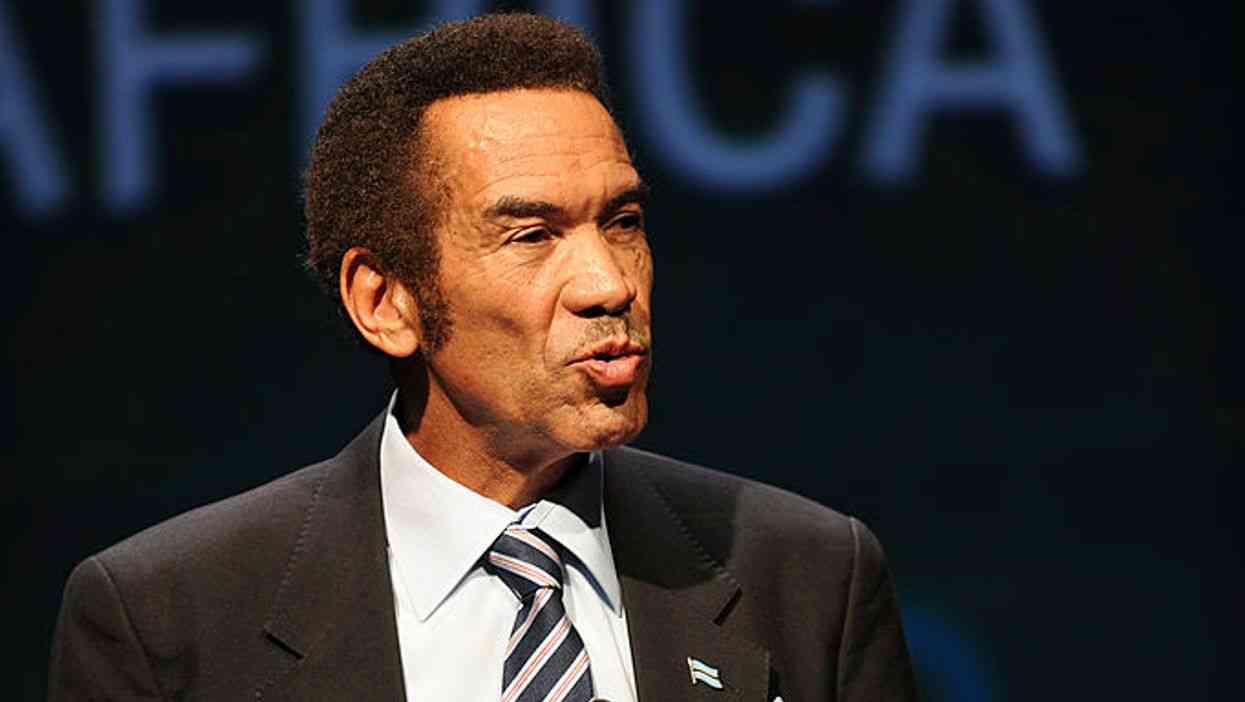
The advice by health experts that people drink at least eight glasses of water every day may bring more health problems than benefits in Zimbabwe.
BY CHIPO MASARA
While in most developed countries, all tap water is safe to drink, in Zimbabwe tap water is not only a rare commodity, it is contaminated and not safe for consumption.
A Zimbabwe Environmental Outlook report published in 2010 identified mining, sewage treatment plants, industry and agricultural activities as other main sources of water pollution in the country. The Environmental Management Agency (EMA) blamed it on poor waste management.
Today, it is no longer a secret that clean drinking water has become a scarce commodity in Zimbabwe.
According to Wikipedia, “The state of water and it’s cleanliness in Zimbabwe is at its lowest. In Zimbabwe, water contains not life, but life-threatening diseases due to contamination…”
EMA, on the other hand, has declared on their website: “Many areas of Zimbabwe are affected by water pollution and microbial water-bound contaminants. The increased demand on water supplies have often led to water that is unfit for human consumption being advertently supplied to your tap. This is often the case in many towns throughout Zimbabwe.”
Adding weight to the claims was President Robert Mugabe, who admitted that Zimbabweans were drinking sewage-contaminated water. He said this during the official opening of this year’s Zimbabwe International Trade Fair in Bulawayo.
- Chamisa under fire over US$120K donation
- Mavhunga puts DeMbare into Chibuku quarterfinals
- Pension funds bet on Cabora Bassa oilfields
- Councils defy govt fire tender directive
Keep Reading
But it is in the country’s capital that the water situation has reached alarming levels. While many expected the situation to have improved by now, the contamination of water bodies only appears to be worsening.
Our sister paper NewsDay last week reported yet another cholera scare that has hit Harare, with over 900 people reported to have been affected by “suspected cholera-related diarrhoea” in Mabvuku high-density suburb alone, with the same symptoms being reported in other suburbs. The affected residents blamed it on dirty water and the bucket system they have resorted to because of a shortage of running water.
Zimbabwe has for some time now been characterised by outbreaks of cholera, typhoid, dysentery and other diseases related to the consumption of dirty water.
Back in 2012, a report was presented to Parliament that exposed that Harare City Council (HCC) was releasing raw sewage into rivers that feed into the capital’s water sources. This was despite their insisting they could not afford to purify the contaminated water before sending it to people’s homes.
The HCC blamed obsolete infrastructure for its inability to provide potable water to the people of Harare. They said the infrastructure was designed to service only 250 000 people but must now serve 2,1 million people. Water leakages owing to old pipes were also cited as another reason.
The clean water woes appeared set to come to an end when the HCC managed to secure a US$144 million loan from China for the overhaul of the Morton Jaffray Waterworks. But for one reason or another, the loan has so far failed to produce any results and the taps remain dry!
So, the majority residents of Harare still have to find alternative water sources.
It is now a necessity for each household in Zimbabwe to possess a well or borehole. Because wells are cheaper to set up than boreholes, most people have dug their own, which have become the main source of drinking water.
In spite of the widely-held belief that all underground water is clean, groundwater is susceptible to many pollutants. Material such as fertilisers, pesticides, toxic substances from mining sites, used lubricants, untreated waste from septic tanks and leaky landfills among many others, can all contaminate groundwater, making it dangerous to consume.
Many wells in Zimbabwe’s urban areas are not protected and therefore easily contaminated.
Because of this “health scare”, many people of means, have had to resort to bottled mineral water. They have spent a lot of money buying and stocking the supposedly purified water in their homes which they would reserve for drinking. But the Government Analysis Laboratory recently dropped a bombshell, announcing that some of this so-called purified water was actually dangerous to drink! The experts said the bottled water contained harmful organisms and chemicals that “slowly poison the human body”.
Although there had been much speculation on how safe bottled water sold in Zimbabwe was, many seemed to have taken it for granted that it was safe enough to drink.
The Standard Association of Zimbabwe (SAZ) which certified Harare tap water safe to drink, even when tests showed it to be heavily contaminated, is the same body that has put stamps on most of the bottled mineral water being sold in the cities.
Although what is mostly required is the injection of funds towards an overhaul of the country’s entire water and sewerage system, there are some problems that those responsible for the country’s water management should correct immediately.
Reducing the pollutant flow into water sources and proper diversion of sewage affluent, reducing unnecessary water losses through an effective leak detection and water loss reduction programme, are some of the areas that require immediate attention.
Councils need good corporate governance and financial accountability, which most of them lack. Responsible authorities cannot continue conducting business in the same manner and expect different results. A new approach to the water process is required.










